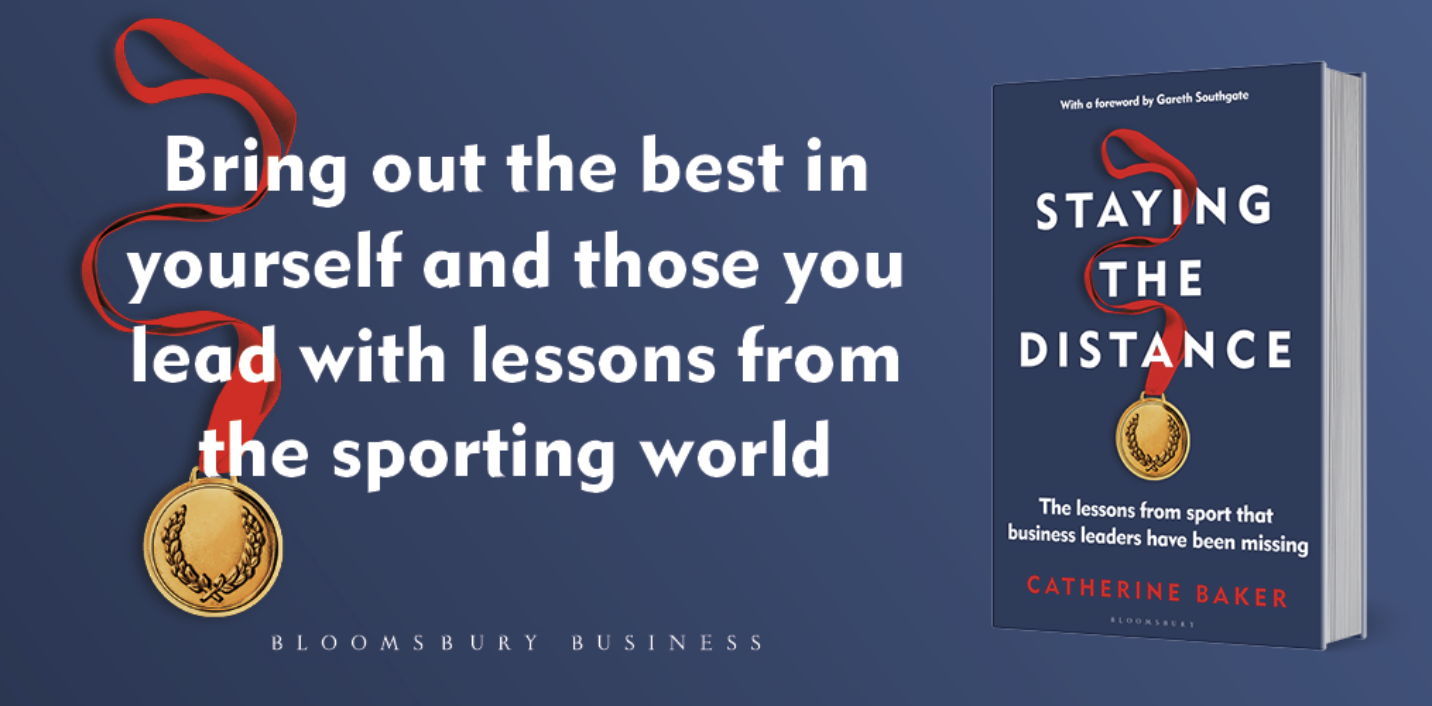


When we first immigrated to the United States, my mother and I fought almost every day. She would hand me the front page of the Los Angeles Times and say, “Read it. You need to read in English.” I crumpled it up and threw it away, and she started to put the sports section in my hands. “Read about sports, then, if you love it. Here, the Lakers won yesterday.” I glanced at it, looked at the photos, and tossed it away as well.
The funny thing is that I grew up to major in English and went on to pursue a Master of Fine Arts in Creative Writing. It is not until recently that I began to realize that my childhood daily battle with my mother had nothing to do with the written word. Instead, it had everything to do with the stories that the newspapers had to tell. As a teenage girl, I really, really didn’t care how many cars Scottie Pippen had in his driveway or whether Mark McGwire was on steroids during his chase for the single-season home run record. I thought it was inanely immature of Kobe and Shaq to bicker about who the true “star” of the Los Angeles Lakers was.



But then the women of the World Cup of 1999 began to appear on every magazine and newspaper. And I read incessantly. I read late into the nights. When I ran out of articles, I sat at our computer in my brother’s room long after he begged me to go to sleep, searching Yahoo for stories. I cried when I found out that the team had worn black arm bands when Mia Hamm had lost her brother. I knew what the athletes meant when they said they were the only girls in pick-up games with boys. I felt my own athletic dreams legitimized when they told the world that women may never be stronger, faster, or taller than men, and that was okay because our sport was different than theirs. I loved them for saying things I had never heard Charles Barkley or Karl Malone say, things like: “Our willingness to sacrifice for each other is our greatest strength and our most important responsibility,” and “That’s what we say in our huddles: ‘We do it for each other. We do it for each other.’” And it felt right; it felt like someone was finally telling me why I played basketball too.
“[B]ehind my closed door, in the dark recesses of my bedroom, I loved my heavenly sport in secret.”
When I started high school in New Jersey, I didn’t love—not the way that you really, really loved something—the things that all teenage girls were supposed to love. I owned their albums, but I knew, with my lack of any musical talent, I was never going to grow up to be Britney Spears or N’Sync or Backstreet Boys. Nor did I, as a basketball player, love the athletes I was supposed to admire. I liked Vince Carter and Kobe Bryant fine, sure; I’d gaped at their dunks like any kid growing up in the United States. But I was also aware enough to know that, as an Asian-American girl at 5’3”, I was never going to grow past six foot, be neither male, bald, nor African-American. No, the person I wanted to be was Mia Hamm. I was DeLisha Milton. I wanted to be Sue Bird and Lindsey Whalen.



For most of my life, I thought I was alone, an outcast in that dark and foreboding hallways of our high school. Because their posters weren’t available to buy, I spent hours putting together collages of photos I’d printed from the Internet of the Los Angeles Sparks’ run for their first championship. I felt inspired every time I looked at DeLisha Milton’s photo, cradling that orange and white ball with purple and gold confetti falling all over the Great Western Forum. But then I realized that no one else cared, not even my teammates. No one knew who the Sparks were, much less that they had just altered the course of WNBA history. I grew tired of my friends asking me why I had women basketball players on my binders, so, soon, I replaced them with photos of Justin Timberlake and Colin Farrell and whoever was hot and popular in those days. I couldn’t bring myself to toss away the collages—it felt like they commemorated a part of history and a part of my childhood—so I put them away in my closet and, behind my closed door, in the dark recesses of my bedroom, I loved my heavenly sport in secret.
And I started to write. I wrote a basketball memoir of having grown up in the years around the inauguration of the WNBA and at the height of women’s soccer. I wrote and wrote about the roller coaster seasons my teammates and coaches and I chased in our small suburban town. In college, I researched psychological papers and did an independent study with our Athletic Director, and I wrote when I studied abroad in Greece and hung my flip-flops over the Amalfi Coast in Italy. I wrote to remember those years. I wrote about how the world as it mattered to me changed in 1999, about the moment I began to realize I could wear sweats to school and be cool and popular too. I wrote about a girl from our neighboring town who became the first girl to join me in pick-up games with boys, and how those summer nights before our senior year, we spent so much time in the gym that it felt as if we were taking back our whole childhoods. I wrote to make sense of my experiences, because I couldn’t find them in SLAM magazine or Sports Illustrated. I wrote to make it matter, even if no one else cared. After I graduated, I took those tens of thousands of pages to coffee shops in Singapore, on trains across India, and in mountainside villages in Thailand.
“I wrote to make sense of my experiences, because I couldn’t find them in SLAM magazine or Sports Illustrated.”
For a long time as a coach, like so many of us, I wanted to make my girls to believe that the Battle of the Sexes was over. I didn’t tell them that their uniforms looked like hand-me-down uniforms from the boy’s team over a decade ago, and I silently fought my own struggles as a woman coach in a male-dominated sport that was girls’ basketball. I slowly began to realize that my success as a coach had little to do with my modest knowledge for the game of basketball, but that my girls were often inspired by the stories I told, to know that someone like them could do feats they’d only seen boys and men do. I saw their eyes light up when I handed them quotes from my women basketball friends, about how to deal with your father who yells at you to shoot the ball every time you touched it, about how we know what it is to feel the ground slip out from underneath you every time you missed. And then I finally ventured out, two springs ago, to ask the girls for their stories too, to ask them whether they had ever heard of Title-IX and what it meant to them to be a girl athlete in this century.



So I guess that was the beginning of the Awesome Sports Project, hearing about how the girls knew—of course they did—that their soccer practices were relegated to a few yards on the field so the football team can practice. They talked about their experiences of playing games in ponytails and “cleaning up” right away to wear dresses and heels to homecoming. That’s when I began to understand—to truly, truly understand—that our stories are no less interesting or important by virtue of our not being boys. Quite the contrary. We are at a point in time when five centuries of male sports stories have already been told; yet, we are still not hearing stories about a woman running through the streets of Lisbon in soccer shorts, about adults telling us what sports to love or not to love because of the shape of our bodies. And in the first eight months of the Awesome Sports Project, I’ve found out how empowering it is for our girls and women athletes to put their experiences into words, and to read that there are other of us out there who share our own struggles and triumphs. Thank you all, from the bottom of my heart, for making that little girl in love with her LA Sparks and Sue Bird and Mia Hamm in the hallways of New Jersey feeling like she is alone—that she never was.
We don’t have to be anymore.



















